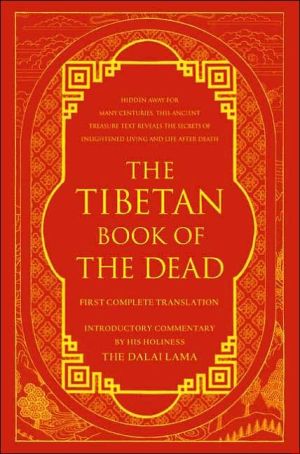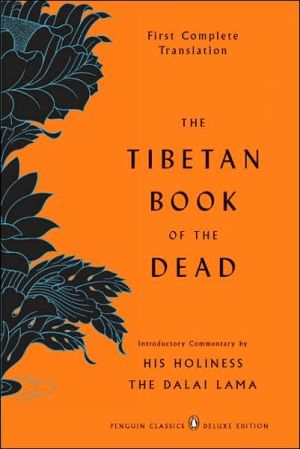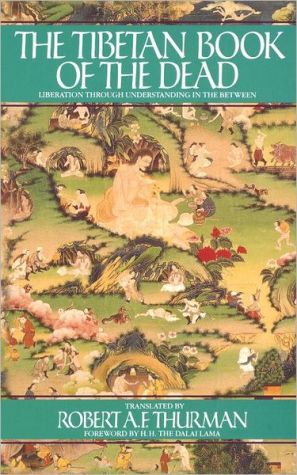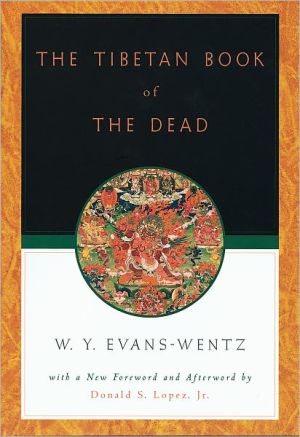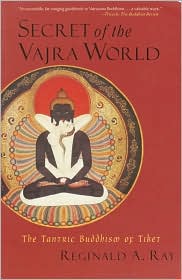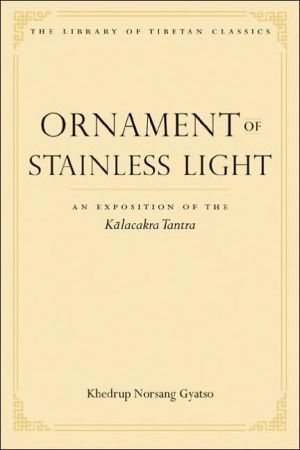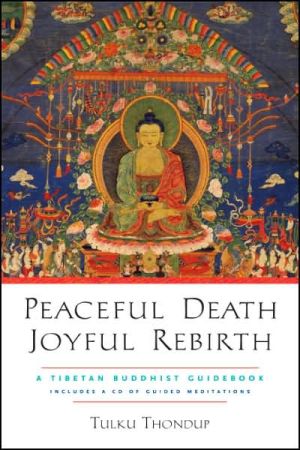White Lotus: An Explanation of the Seven-Line Prayer to Guru Padmasambhava
The commentary translated in these pages is unusual and rare. But if the commentary is a rarity, its subject matter—the seven-line invocation of Padmasambhava—is one of the best-known prayers in the Tibetan Buddhist world.\ The overall significance of the Seven-Line Prayer is perhaps best appreciated in relation to a practice called guru-yoga, or "union with the nature of the guru." The purpose of guru-yoga is to purify and deepen the student's relationship with his or her teacher. It is...
Search in google:
The commentary translated in these pages is unusual and rare. But if the commentary is a rarity, its subject matter—the seven-line invocation of Padmasambhava—is one of the best-known prayers in the Tibetan Buddhist world. The overall significance of the Seven-Line Prayer is perhaps best appreciated in relation to a practice called guru-yoga, or "union with the nature of the guru." The purpose of guru-yoga is to purify and deepen the student's relationship with his or her teacher. It is introduced as one of the preliminary practices, and it remains crucial—in fact, its importance increases—as one progresses through the more advanced levels of the tantric path. The cultivation of devotion to the guru and the blending of one's mind with his or her enlightened mind is, in the words of Dilgo Khyentse Rinpoche, "the most vital and necessary of all practices and is in itself the surest and fastest way to reach the goal of enlightenment." Regarding the origin of this commentary, Mipham refers in the colophon to an event that triggered the abrupt appearance in his mind of the hidden meaning of the prayer. It is interesting to note that the language Mipham uses suggests that the commentary itself is not an ordinary composition but perhaps a treasure teaching, specifically a "mind-treasure" or gongter. Mark Woodhouse - Library Journal This text carefully and clearly translates respected 19th-century Tibetan scholar Mipham's commentary on the deceptively simple Seven-Line Prayer to Guru Padmasambhava, aka Guru Rinpoche, the Precious Master. Guru Padmasambhava is particularly revered in the Nyingmapa branch of Tibetan Buddhism, and the Seven-Line Prayer is the essential text for those who devote much of their spiritual practice to him. Mipham examines this highly regarded and much used prayer from several perspectives. Drawing on the rich mythological and philosophical traditions of Tibetan Buddhism, he explains how the prayer functions as a devotional practice and how it can yield great benefit to those who engage it. This valuable historical text should prove popular among Buddhist scholars and practitioners; it is somewhat esoteric for the average reader. Recommended for large public libraries and academic collections with an interest in Asian studies or Buddhism.
Foreword Jigme Khyentse Rinpoche xiTranslators' Introduction 1White LotusPrologue 21An explanation of the outer, literal meaning of the Seven-Line Prayer 26An explanation of the Seven-Line Prayer according to its hidden meaning 46An explanation of the Seven-Line Prayer according to the teachings of the path of liberation 46An explanation of the Seven-Line Prayer according to the path of skillful means 58An explanation of the Seven-Line Prayer according to the general perfection stage of the unsurpassable Secret Mantra 58An explanation of the Seven-Line Prayer according to the innermost, secret Great Perfection, the Heart-Essence of Luminosity 65An explanation of the Seven-Line Prayer according to the conclusive pith instructions related to the achievement of the practice of the paths of liberation and skillful means previously explained 74A brief explanation of how the foregoing exposition may be implemented as a practice 86Colophon 89The Rain of Blessings: A Guru-Yoga Based on the Seven-Line Prayer 93Notes 97Glossary 107Bibliography 121Index 123
\ Library JournalThis text carefully and clearly translates respected 19th-century Tibetan scholar Mipham's commentary on the deceptively simple Seven-Line Prayer to Guru Padmasambhava, aka Guru Rinpoche, the Precious Master. Guru Padmasambhava is particularly revered in the Nyingmapa branch of Tibetan Buddhism, and the Seven-Line Prayer is the essential text for those who devote much of their spiritual practice to him. Mipham examines this highly regarded and much used prayer from several perspectives. Drawing on the rich mythological and philosophical traditions of Tibetan Buddhism, he explains how the prayer functions as a devotional practice and how it can yield great benefit to those who engage it. This valuable historical text should prove popular among Buddhist scholars and practitioners; it is somewhat esoteric for the average reader. Recommended for large public libraries and academic collections with an interest in Asian studies or Buddhism.\ —Mark Woodhouse\ \ \

